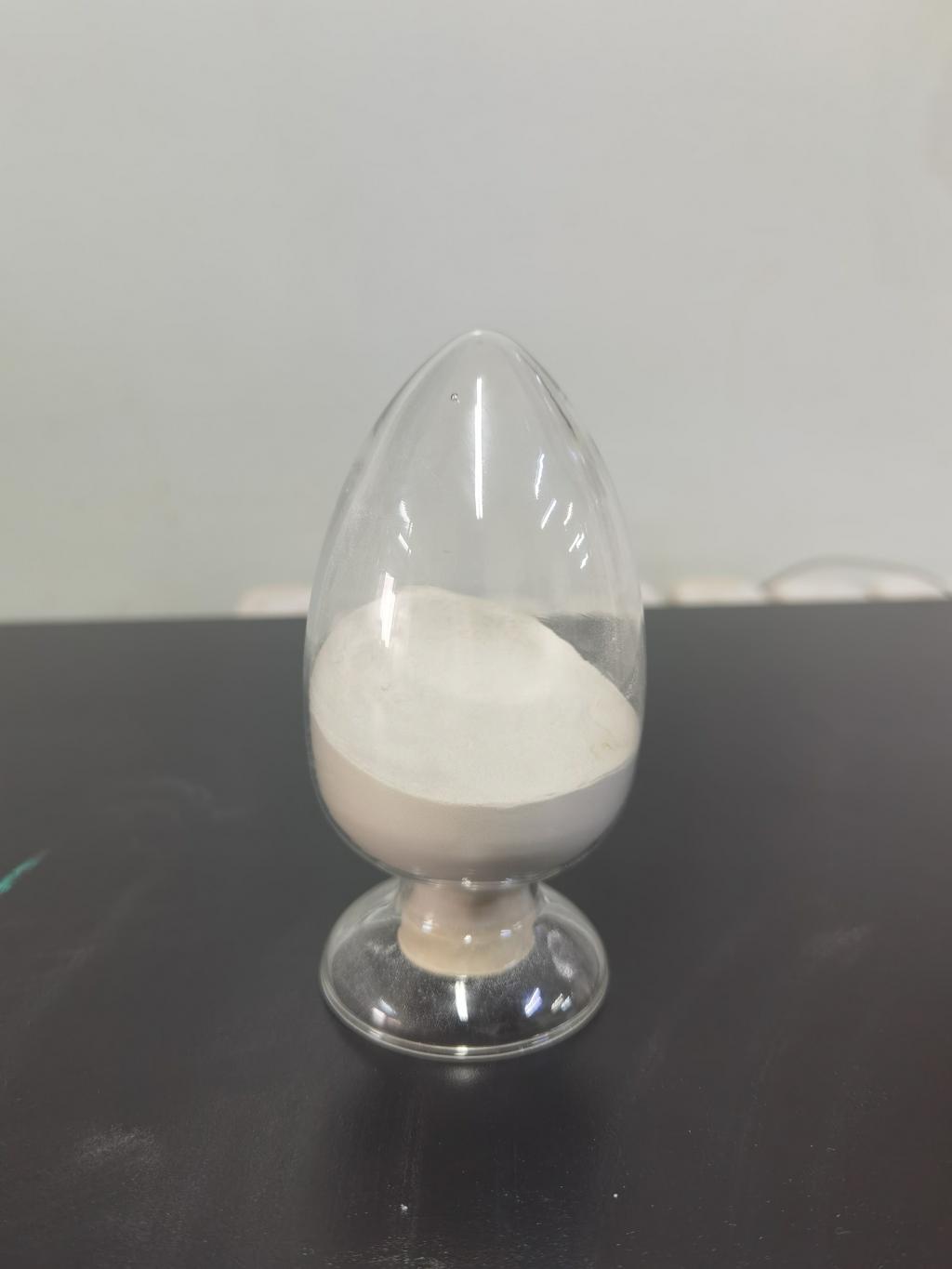Tel:+8618231198596

News
 CONTACT
CONTACT
 CONTACT
CONTACT
- Linkman:Linda Yao
- Tel: +8618231198596
- Email:linda.yao@dcpharma.cn
- Linkman:CHARLES.WANG
- Department:Overseas
- Tel: 0086 0311-85537378 0086 0311-85539701
News
Nisin's production and purification methods have been improved to meet industrial demands.
TIME:2023-10-31
1. Introduction
Nisin is a well-known antimicrobial peptide produced by certain strains of Lactic Acid Bacteria (LAB), most notably Lactococcus lactis. It has gained widespread recognition for its potent antimicrobial properties, particularly against various Gram-positive bacteria and food spoilage organisms. Due to its natural origin and safety, nisin is widely used as a food preservative, extending the shelf life of a wide range of food products, including dairy, meat, and beverages. Moreover, its applications have extended to the pharmaceutical and cosmetic industries, where it serves as an important antimicrobial agent.
With the increasing consumer demand for clean-label and natural ingredients, nisin's popularity in various industries has surged. Consequently, there is a growing need to improve the production and purification methods of nisin to meet the industrial demands efficiently and sustainably. This article reviews recent developments and innovations in nisin production and purification, focusing on strategies that have enhanced the yield, quality, and cost-effectiveness of nisin production.
2. Production of Nisin
2.1. Fermentation Process
Traditional methods for nisin production have relied on batch fermentation using Lactococcus lactis strains. However, recent developments have incorporated continuous fermentation processes, which offer several advantages, including higher productivity, better control over process parameters, and reduced operational costs.
2.2. Strain Improvement
Genetic engineering and strain improvement have played a pivotal role in enhancing nisin production. Researchers have successfully modified Lactococcus lactis strains to increase nisin yields and optimize fermentation conditions.
2.3. Substrate Selection
The choice of substrate for fermentation has a significant impact on nisin production. Recent studies have explored the use of alternative and cost-effective substrates, such as whey permeate and agro-industrial byproducts, reducing the overall production costs.
2.4. Downstream Processing
Advances in downstream processing have streamlined the recovery and purification of nisin from the fermentation broth, leading to increased yields and purity levels.
3. Purification of Nisin
3.1. Crystallization
Crystallization is a conventional method for purifying nisin. Recent developments in crystallization techniques, such as anti-solvent crystallization and the use of novel solvents, have significantly improved the purity and recovery yield of nisin.
3.2. Membrane Separation
Membrane separation techniques, including ultrafiltration and nanofiltration, have gained prominence in nisin purification. These methods offer high selectivity, reduced energy consumption, and scalability for industrial applications.
3.3. Chromatography
Chromatographic techniques have seen substantial improvements in recent years, with the development of specialized resins and affinity ligands for nisin purification. These advancements have enhanced the purity and efficiency of the chromatographic process.
3.4. Integrated Purification Processes
Innovative approaches involve the integration of multiple purification techniques, such as a combination of membrane separation and chromatography. These integrated processes optimize the purification of nisin, reducing the number of processing steps and improving overall efficiency.
4. Improved Yield and Purity
4.1. Process Optimization
Continuous monitoring and control of fermentation parameters, such as temperature, pH, and oxygen levels, have led to higher nisin yields. Advanced process optimization tools and automation have significantly improved the consistency and efficiency of production.
4.2. Strain Selection
The selection of high-producing nisin strains has been crucial in achieving improved yields. Genetic engineering and directed evolution techniques have resulted in strains with enhanced nisin production capabilities.
4.3. Impurity Reduction
The development of more selective purification methods has reduced the presence of impurities in the final nisin product. This is especially important for pharmaceutical and cosmetic applications, where purity standards are stringent.
5. Cost-Effective Production
5.1. Raw Material Utilization
The use of low-cost raw materials, such as agricultural residues and byproducts, has substantially reduced the production costs of nisin. Sustainable sourcing and utilization of these materials have become a priority in the industry.
5.2. Energy Efficiency
Modern production facilities have adopted energy-efficient practices and technologies, which not only reduce operational costs but also contribute to a lower carbon footprint. These include heat recovery systems, energy-efficient equipment, and optimized process design.
5.3. Waste Reduction
Minimizing waste generation and improving waste management practices have not only reduced environmental impact but also lowered disposal costs. Recycling and reusing process byproducts have become common strategies in nisin production.
6. Meeting Regulatory Standards
6.1. Quality Assurance
Nisin production facilities have implemented stringent quality control measures to ensure compliance with regulatory standards. Advanced analytical techniques and quality management systems are now commonplace.
6.2. Regulatory Approvals
The production and use of nisin in various industries require regulatory approvals and compliance. Manufacturers are working closely with regulatory bodies to ensure that their processes and products meet the necessary standards.
7. Conclusion
Nisin's production and purification methods have evolved significantly to meet the surging industrial demands for this natural antimicrobial peptide. Advances in fermentation processes, strain improvement, purification techniques, and cost-effective production strategies have not only increased the yield and purity of nisin but also lowered production costs and reduced the environmental footprint.
As nisin continues to find applications in food preservation, pharmaceuticals, and cosmetics, the research and development efforts in this field are expected to persist. Innovations in production and purification will continue to shape the future of nisin as a vital ingredient in various industries, ensuring the availability of safe and effective natural preservatives and antimicrobial agents for consumers worldwide.
- Tel:+8618231198596
- Whatsapp:18231198596
- Chat With Skype







